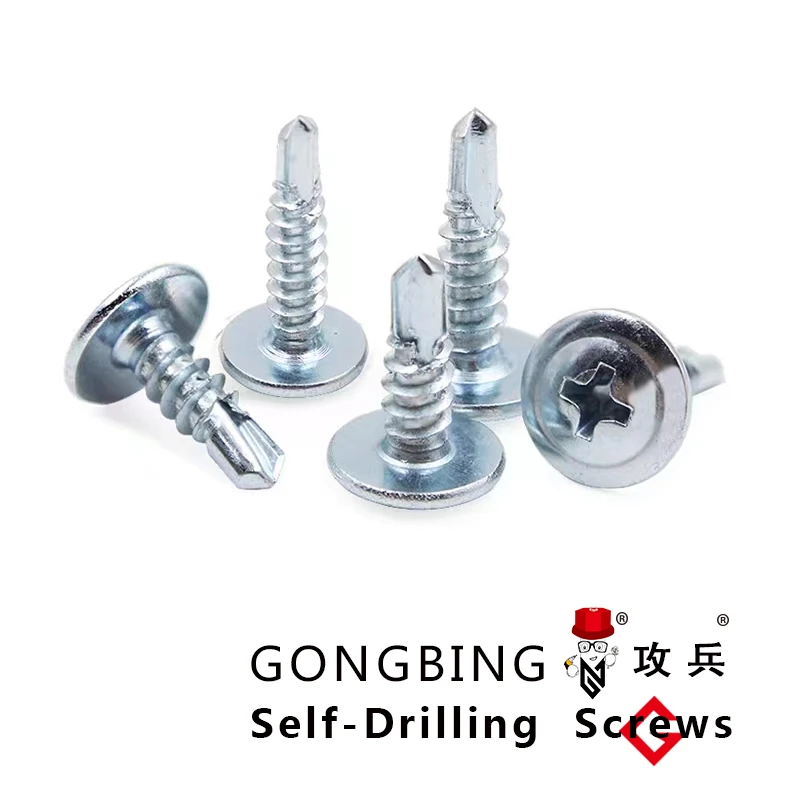Types of Steel Bracing and Their Applications in Structural Engineering
Understanding Steel Bracing Types A Comprehensive Overview
Steel bracing is an essential component in structural engineering, providing stability and support to various types of constructions. It is particularly crucial in areas prone to seismic activity or high winds, where the integrity of a structure can be compromised. This article explores the different types of steel bracing, their applications, advantages, and limitations.
1. Diagonal Bracing
Diagonal bracing is one of the most commonly used bracing systems in steel structures. It involves placing steel members diagonally between vertical and horizontal supports to create a triangular framework. This configuration effectively distributes lateral loads and enhances the stability of the structure. Diagonal bracing is often used in buildings and bridges, particularly those located in seismic zones. Its primary advantage lies in its simplicity and cost-effectiveness. However, it may not be suitable for every design due to potential aesthetic concerns and the need for additional space.
2. X-Bracing
X-bracing is a variation of diagonal bracing, where two diagonal members cross each other, forming an “X” shape. This configuration distributes forces more evenly and can significantly increase the stiffness of the structure. X-bracing is often found in high-rise buildings and towers, where the need for wind resistance is paramount. One of the significant benefits of X-bracing is its ability to provide lateral stability without overly complicating the structural design. However, it may require more materials than traditional diagonal bracing, potentially leading to increased costs.
3. K-Bracing
steel bracing types

K-bracing involves two diagonal members that connect to a vertical column in a manner that resembles the letter “K”. This system provides excellent stability while allowing for more architectural flexibility compared to traditional diagonal braces. K-bracing is particularly favored in modern architecture, where aesthetics and functionality must coexist. The main advantage of K-bracing lies in its ability to reduce the amount of materials used without sacrificing strength. However, this bracing type may require more detailed engineering to ensure proper load distribution.
4. V-Bracing
V-bracing comprises diagonal members arranged in a “V” shape, which can either point upwards or downwards. This type of bracing is often used in trusses and can be an attractive option for light structures, such as pavilions or temporary buildings. The primary advantage of V-bracing is its lightweight design, which allows for easier and faster construction. However, it may not provide the same level of lateral stability as other bracing types, making it less suitable for high-load applications.
5. Butterfly Bracing
Butterfly bracing is a less common but innovative approach to steel bracing. This system utilizes two diagonal bracing elements that are joined at a central node, forming a shape reminiscent of butterfly wings. This design offers excellent strength-to-weight ratios and can enhance the architectural appeal of a structure. However, due to its complexity, butterfly bracing can be more expensive to implement and may require skilled labor for fabrication and installation.
Conclusion
Choosing the appropriate bracing type is crucial for maximizing the structural integrity and safety of a building. Each bracing system—whether diagonal, X, K, V, or butterfly—has its unique advantages and limitations. Engineers must consider factors such as load requirements, aesthetic preferences, and cost implications when selecting a bracing method. By understanding the various steel bracing types, architects and engineers can create structures that are not only robust and reliable but also visually striking and functional. As construction technology continues to evolve, innovative bracing solutions will undoubtedly emerge, further enhancing the capabilities of steel structures in modern architecture.
-
Weatherproof Plastic Expansion Anchors for OutdoorNewsJun.06,2025
-
Sustainability in the Supply Chain: Eco-Friendly TEK Screws ProductionNewsJun.06,2025
-
Load-Bearing Capacity of External Insulation FixingsNewsJun.06,2025
-
Double Head Bolts: Enhancing Efficiency in Industrial MachineryNewsJun.06,2025
-
Corrosion Resistance in Chipboard Screws: Coatings for Wholesale DurabilityNewsJun.06,2025
-
Butterfly Toggle Bolts : Enhancing Structural ResilienceNewsJun.06,2025
